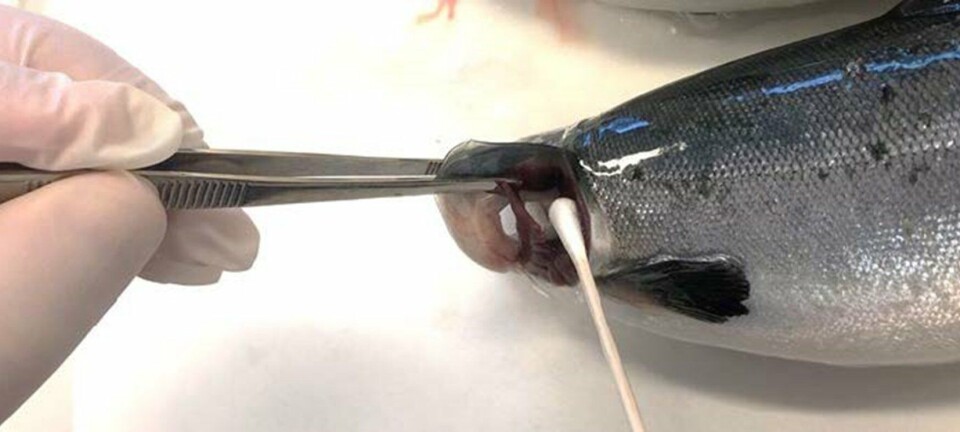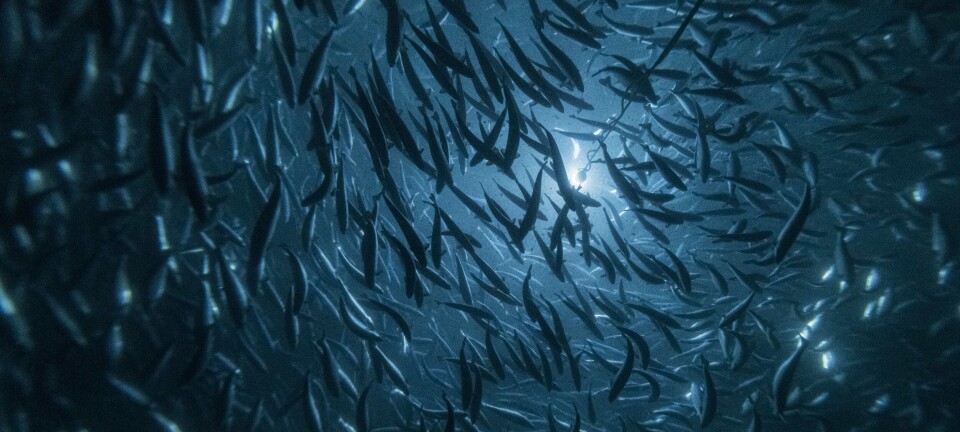LandbasedAQ.com

ISA-virus (HPR0) circulates even after cleaning in juvenile fish facilities
This is one of several findings in a project led by the Norwegian Veterinary Institute
ISAV HPR0 (non-virulent infectious salmon anaemia virus) in juvenile fish facilities is linked to later outbreaks of ISA (ILA in Norwegian) in food fish facilities. The infection appears to be transient, but can flare up again. This is confirmed in a project led by the Norwegian Veterinary Institute. It was also shown that water and swab samples are well suited for use in monitoring the virus in juvenile fish facilities.
Several fish farmers have contributed to the research project "Biosecurity Measures Against ILA in Juvenile Fish" (ILA-SAFE) which started in 2020 and is now concluding. The project aimed to understand more about the occurrence of non-disease causing ISAV HPR0 in juvenile fish facilities, how the virus enters the facilities, and what can be done to eliminate it. Norway's Fisheries and Aquaculture Industry's Research Funding (FHF) financed the project.
Virus circulates even after cleaning
The project has shown that ISAV HPR0 circulates in positive facilities and causes infection in new fish groups, even after cleaning of tanks. Kinship studies suggest that the same virus variant has remained at the facility over time, although new introductions cannot be ruled out.
"Extensive measures must be put in place to eliminate the virus from facilities after introduction. The focus should therefore be on minimising the risk of introduction. There is also reason to consider whether new facilities can be better arranged for inspection, emptying, cleaning, and disinfection to remove pathogens," says senior researcher and project leader Hilde Sindre in an article on the Veterinary Institute's website.
The introduction of ISA virus with seawater appears to be central. Personnel at one facility were clear that the virus was introduced with the intake of seawater, while at another facility, the perception was that the virus could have been introduced in connection with flushing with seawater.
Sampling over time showed that groups of fish could be negative for ISA virus, but be positive at later sampling. ISA virus was also detected in the water when the fish were negative.
Stressful situations such as sorting and moving may have contributed to the infection flaring up again.
Water and surface samples well suited
The results from the project suggest that gill swabs, environmental swabs, and water may be just as well suited to detect infection as gill tissue samples. Traditionally, tissue samples have been examined for ISA virus. In cases of suspected ISA and monitoring in restriction zones established when ISA is detected, samples of heart and kidney tissue should be taken for examination for ISA virus.
During examinations specifically for ISAV HPR0, samples of gill tissue are taken because ISAV HPR0 primarily thrives in epithelial cells on skin and mucous membranes. In both cases, the fish must be euthanised before sampling, and trained fish health personnel must take the samples.
In ILA-SAFE, water and swab samples from surfaces in the facilities were regularly taken. At one point, gill tissue, gill swabs, and skin swabs were also taken to quality assure the responses. This showed good consistency between the different types of samples.
"Water and surface samples have great advantages compared to traditional methods. They are much easier to take for everyone working at the facility and it avoids having to kill the fish," says Sindre.
ILA-SAFE has several sub-projects and has been an extensive community effort where multiple partners from industry and research have contributed.






















